Things I’ve Learned About House Fires That Everyone Should Know
When you’ve spent years in the fire service, you start to see homes a little differently. You get to know the distinct, acrid smell of an overloaded wire burning inside a wall. You recognize the low rumble of a chimney fire before it turns into a freight train. Honestly, I’ve walked through the ashes of too many homes where the whole disaster started with a tiny, preventable mistake.
In this article
My goal here isn’t to scare you. It’s to share what I’ve learned on the job so you can see your own home through a safety pro’s eyes. This is about understanding the real risks—the quiet, sneaky ones, not the stuff you see in movies. A safe home really just comes down to awareness and a few good habits, and I want to show you exactly what to look for.
The Silent Danger: Your Electrical System
Most of the really bad fires I’ve investigated started without a sound, tucked away inside a wall or behind an appliance. Electrical fires rarely give you a big, dramatic warning. They just smolder and grow. Getting a basic feel for your home’s electrical system is your first line of defense.
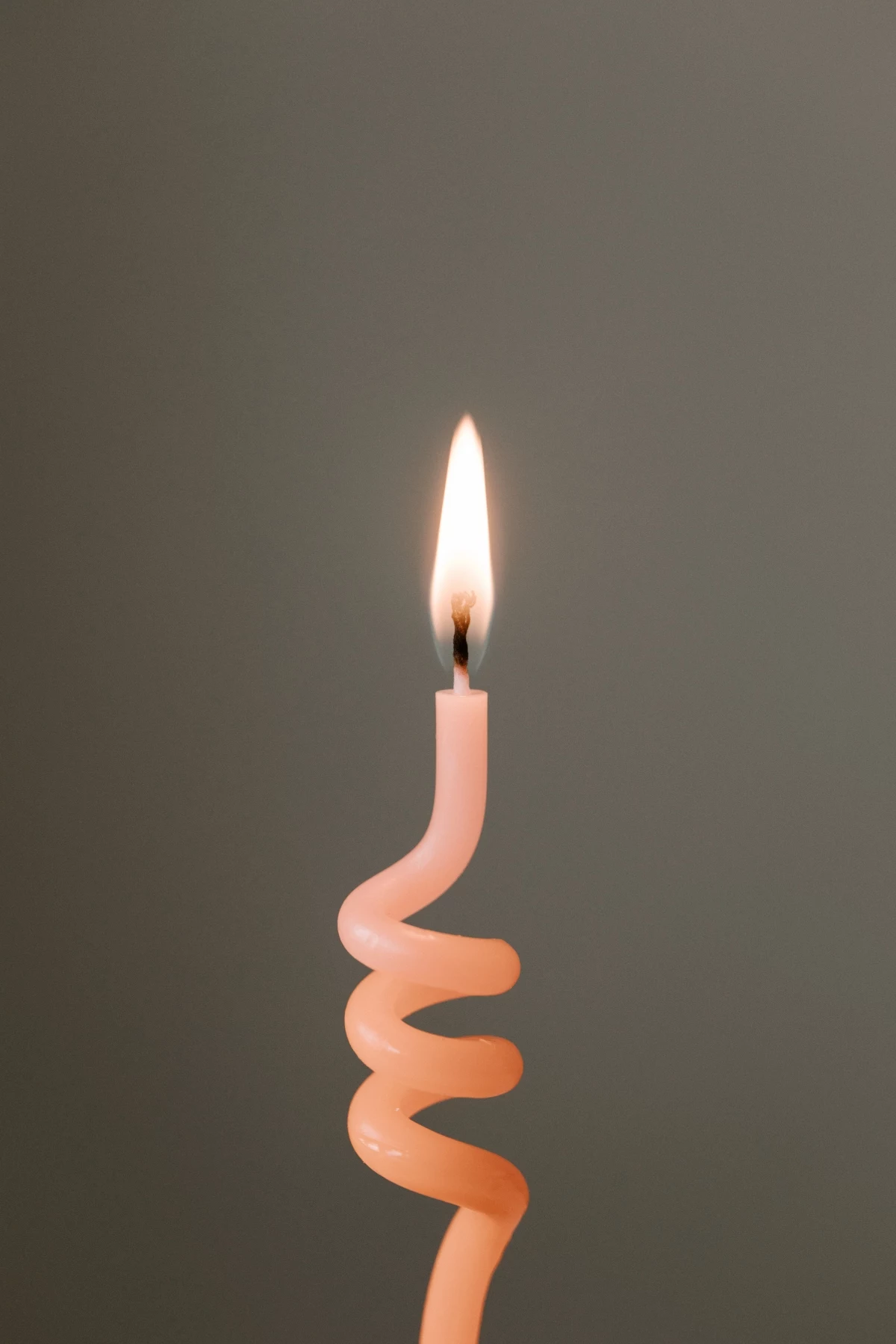
Think of it like this: electricity is water, and the wires are pipes. If you force too much water through a small pipe, things get hot and strained. It’s the same with electricity. Pushing too many amps (the flow) through a wire rated for less creates resistance, and that resistance makes heat. A little heat is normal, but a lot of heat—from a loose connection or a circuit overloaded with gadgets—can melt the plastic wire coating and set the nearby wood studs on fire.
Where Things Go Wrong with Cords and Power Strips
I see extension cords being misused in almost every single home. People treat them like permanent wiring, but they’re not. The national safety codes are crystal clear: extension cords are for temporary use only. Running one under a rug is one of the most dangerous things you can do. Every time someone steps on it, the cord gets damaged, creating a hot spot right next to your flammable carpet. It’s a ticking time bomb.
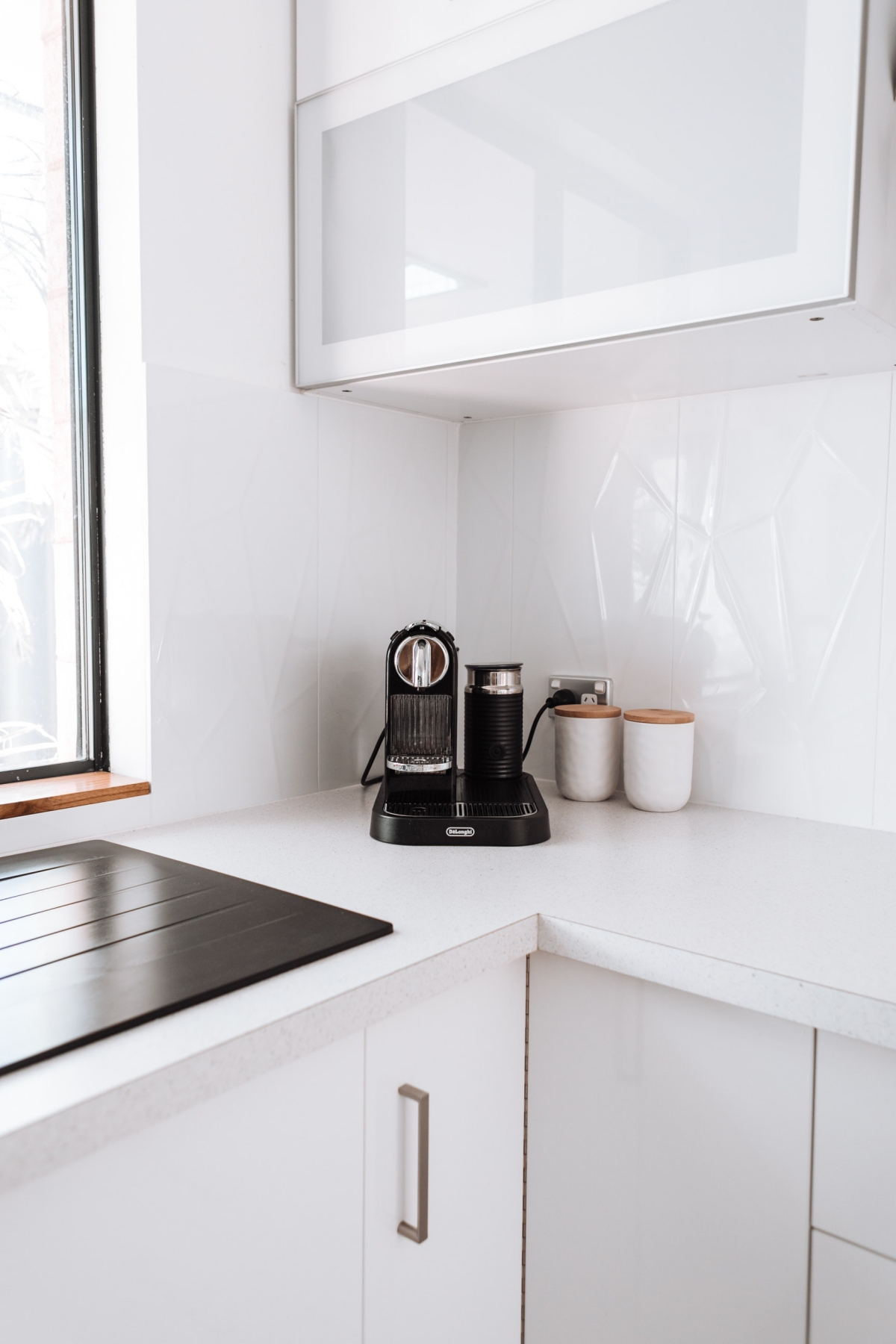
And then there are power strips. Heads up: there’s a huge difference between a cheap $5 power strip and a real surge protector. A basic strip just gives you more outlets. A proper surge protector, on the other hand, will be certified by a testing lab and have a “joule” rating. Think of joules as the protector’s health bar—the higher the number, the more electrical spikes it can absorb before failing. For a computer setup, look for at least 1,000 joules. For an expensive home theater, I’d go for 2,000 or more. Spending $20 to $40 on a good one is a lot cheaper than replacing a fried TV.
But even the best surge protector can’t handle everything. They’re designed for low-power electronics like TVs and lamps. Never, EVER plug a high-power appliance like a space heater, microwave, hair dryer, or coffee maker into one. They pull way too much power and will overheat the strip’s wiring. Those need to be plugged directly into a wall outlet.
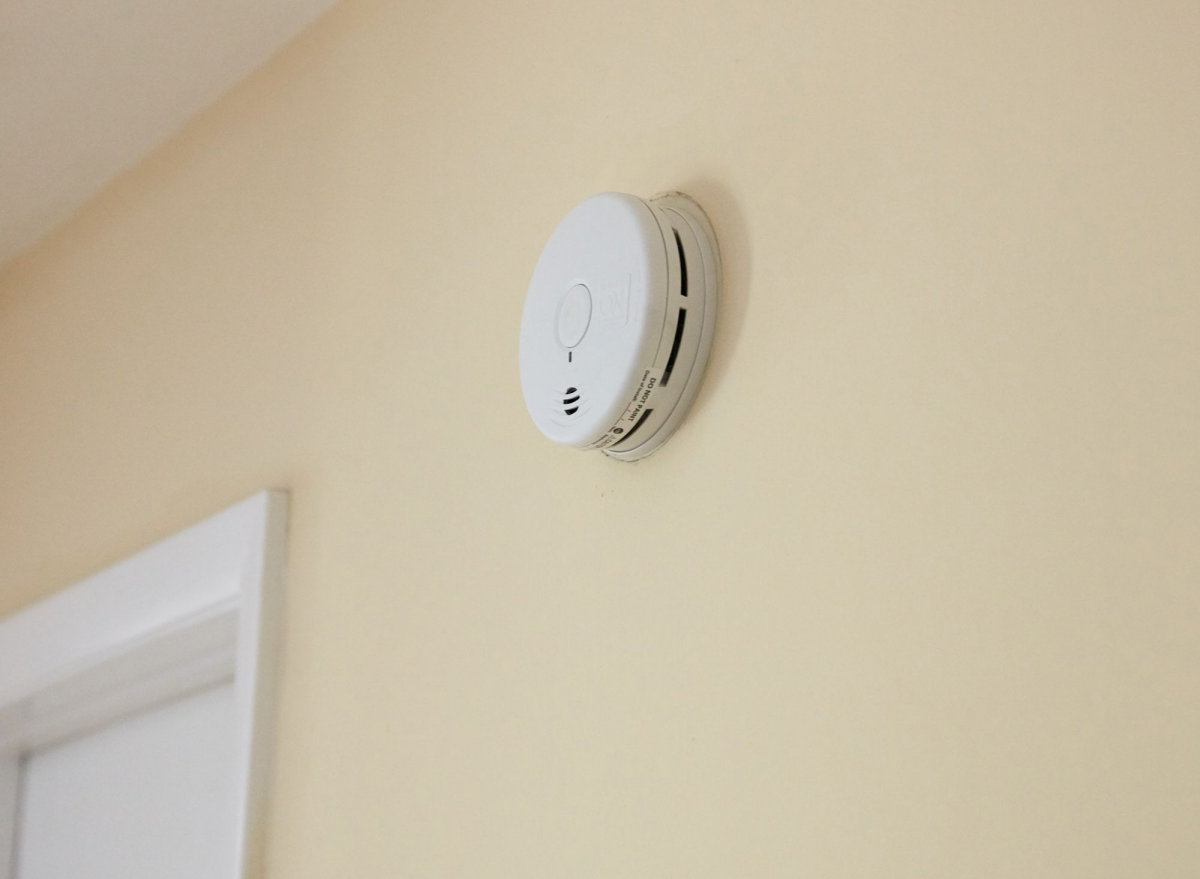
Oh yeah, and that thing where you plug one power strip into another? We call that “daisy-chaining,” and it’s incredibly dangerous. You’re not adding outlets; you’re just creating a massive overload on the one wall outlet it all leads back to.
Your 5-minute challenge: Go look behind your entertainment center right now. If you see a chain of power strips, untangle it and fix it. You just made your home safer in less time than it takes to make a coffee.
What Your Outlets Are Trying to Tell You
Your outlets and light switches can give you warnings if you know what to look for. During an inspection, I always check for:
- Discoloration: Any brown or blackish scorch marks around the slots are a dead giveaway of a heat problem, usually from a loose wire inside.
- Warmth: If an outlet or switch plate feels warm to the touch (and nothing is plugged in), that’s a serious red flag. Shut off the breaker for that circuit and call an electrician. Seriously. An initial diagnostic visit might run you between $100 and $250, but it’s priceless for peace of mind.
- Sounds: Any buzzing or sizzling from an outlet means electricity is “arcing,” which is like a tiny lightning storm happening in your wall. This generates intense heat and needs immediate professional attention.
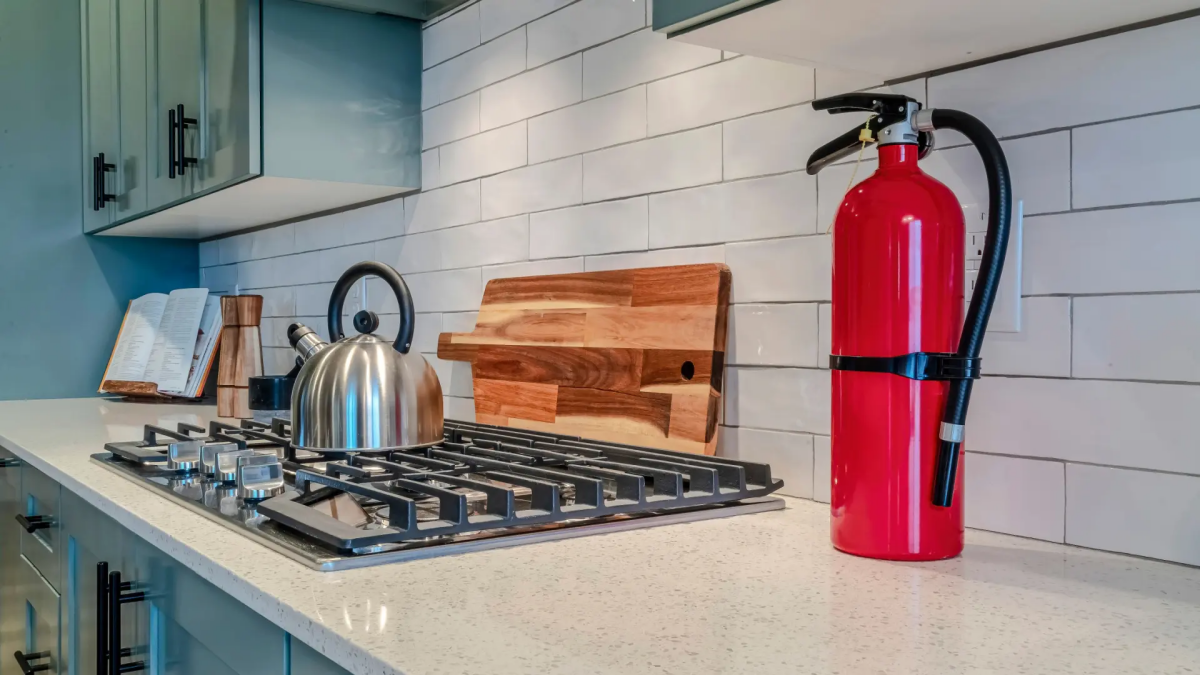
Your Electrical Panel: The Heart of the System
Everyone should know where their main electrical panel is and how to shut off the breakers. But please, don’t try to work inside it yourself. This is a job for a licensed pro, period. I’ve seen the aftermath of DIY panel work, and it’s not pretty.
By the way, some older homes were built with electrical panels that are now known to be hazardous. There are specific brands from a few decades ago notorious for failing to trip during an overload—which is their only job! A professional electrician can spot these infamous panels right away. If you have one, a replacement is your top priority.
Staying Warm Without the Risk
After cooking, heating equipment is the next leading cause of house fires. You’re basically inviting a controlled fire or an intense heat source into your home, so it deserves a lot of respect and maintenance.
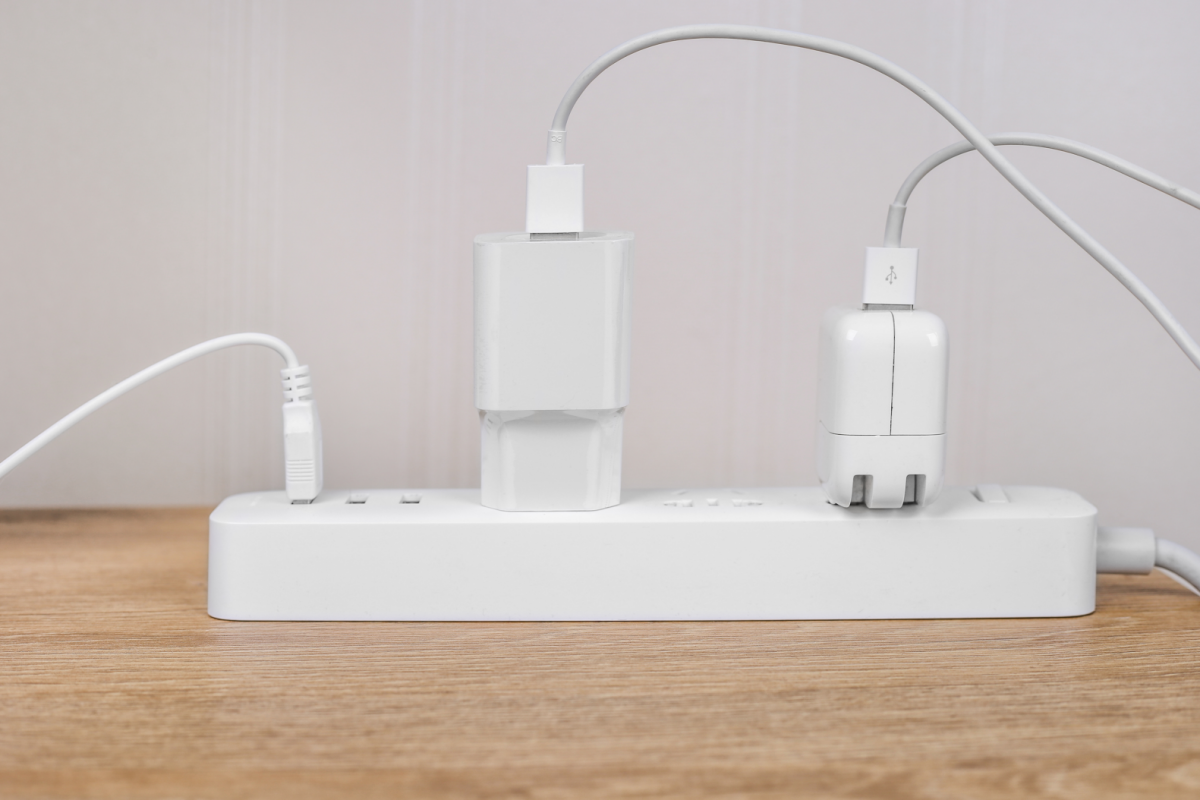
The biggest danger is something called radiant heat. It’s the invisible heat that travels through the air from a fireplace or space heater. If something flammable—like curtains, furniture, or a stack of mail—is too close, this radiant heat can cook it until it bursts into flames, without ever making physical contact. This is why you’ll hear pros talk about “clearance to combustibles.” It’s the minimum safe distance you need to keep.
Your Furnace Needs an Annual Check-Up
Your furnace or boiler should be serviced by a qualified HVAC tech every single year, ideally in the fall before you start using it. A real service, which typically costs between $100 and $200, is more than just a new filter. The technician cleans the burners, inspects the heat exchanger for cracks that could leak deadly carbon monoxide, and tests all the safety sensors. It’s one of the best safety investments you can make.
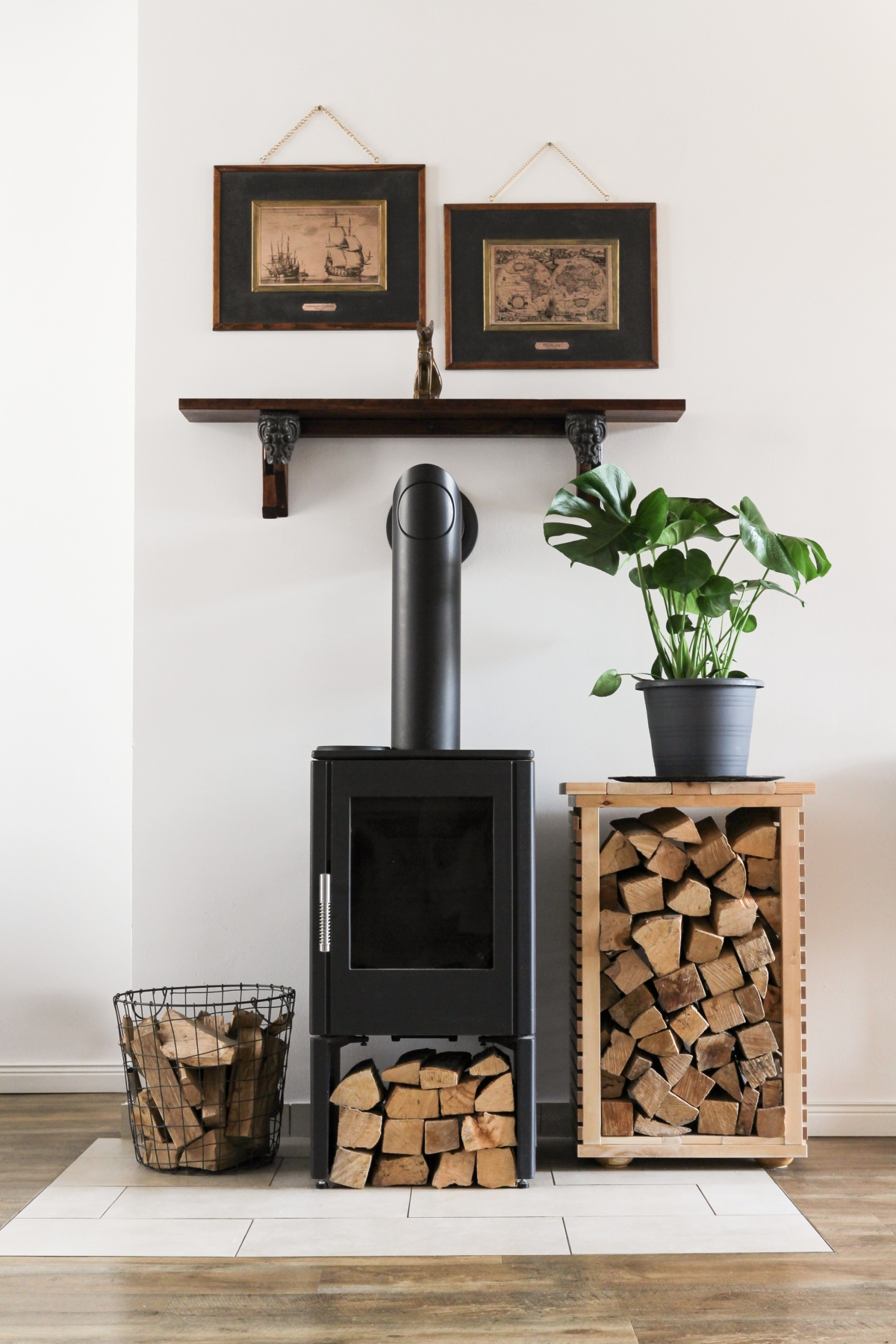
Fireplaces and Wood Stoves: The Rustic Hazard
I get it, nothing beats a real wood fire. But it comes with a major responsibility: creosote. This black, tar-like gunk builds up inside your chimney from wood smoke. It’s also highly flammable. A chimney fire happens when that creosote ignites, and it can get hot enough to crack your chimney liner and spread the fire to your home’s framing.
You need to have your chimney inspected and cleaned annually by a certified pro. The leading chimney safety groups certify sweeps who know exactly what to look for. A typical sweep and inspection will run you between $150 and $300, depending on the state of your chimney.
Quick tip on ash disposal: Embers can stay hot for days. Never put ashes in a paper bag, a cardboard box, or a plastic bucket. Always use a metal can with a tight-fitting lid, and store it on concrete or dirt, well away from your house or garage.

Space Heaters: A Temporary Solution with Permanent Dangers
The golden rule for space heaters is the “three-foot rule.” Keep anything that can burn—blankets, rugs, pets, kids—at least three feet away on all sides. Modern heaters have tip-over protection and auto-shutoffs, and you shouldn’t even consider a model without them. And remember what we said earlier: a space heater’s high power draw means it must be plugged directly into the wall, never into an extension cord or power strip.
The Kitchen: Ground Zero for Most House Fires
Statistically, your kitchen is the most likely place for a fire to start. The good news? Most of these are super preventable.
The classic grease fire is incredibly fast. If cooking oil gets too hot, it can burst into flames all by itself—no spark needed. The absolute worst thing you can do is throw water on it. The water sinks, flash-boils into steam, and expands, throwing a fireball of burning grease everywhere.
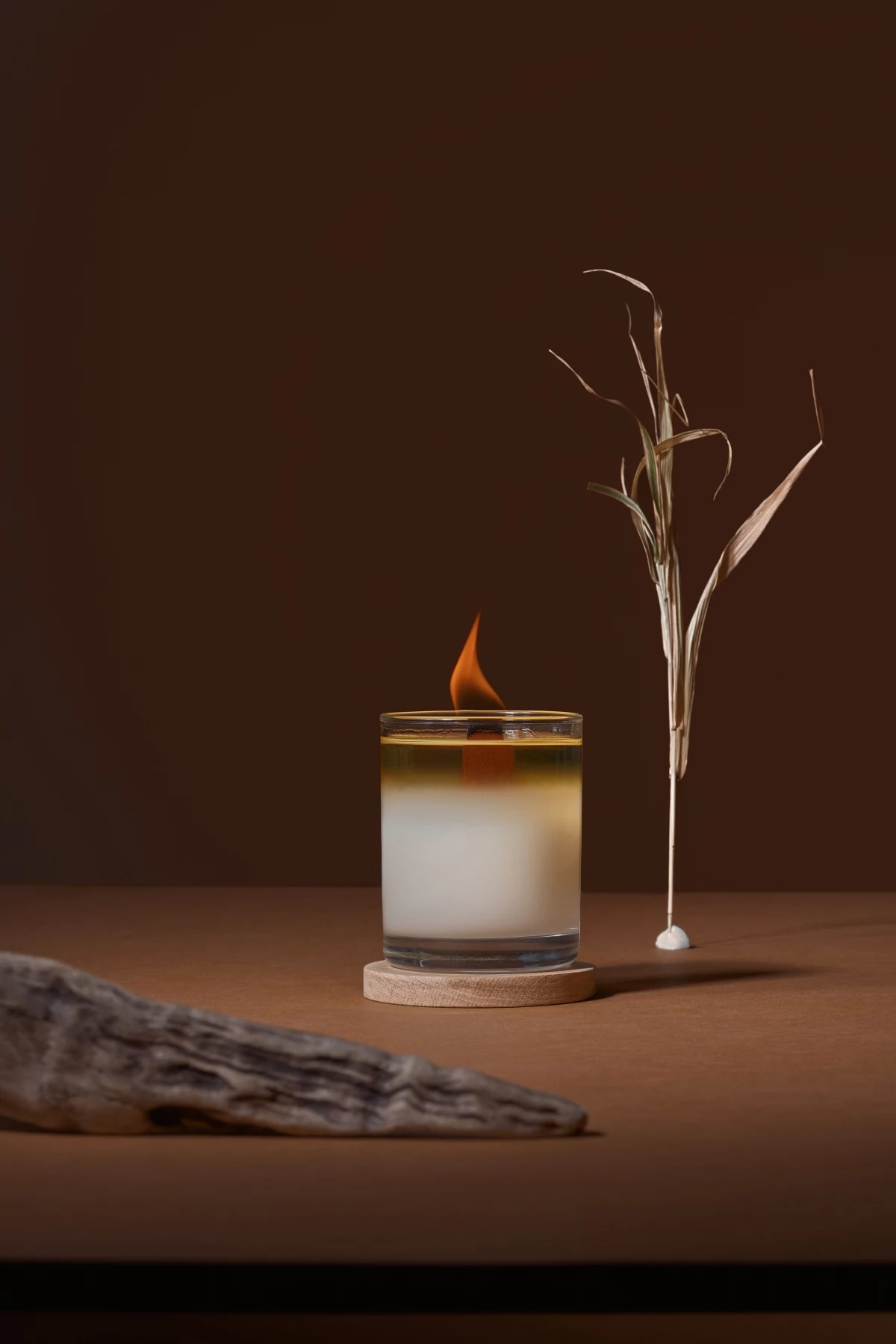
The #1 cause of kitchen fires is simply unattended cooking. If you’re frying, grilling, or broiling food, you have to stay in the kitchen. If you need to leave, even for a second, turn off the burner. It’s that simple.
If a small fire does start in a pan:
- Stay calm. Don’t try to carry the burning pan.
- Turn off the heat.
- Smother the flames by sliding a metal lid or a cookie sheet over the pan to cut off the oxygen. Leave it covered until it’s completely cool.
- For kitchen safety, your best bet is to have a 5-lb “ABC” rated fire extinguisher. It can handle grease (B), electrical (C), and common combustible (A) fires. Mount it near the kitchen exit—not right next to the stove where a fire could block you from reaching it.
And don’t forget to clean! Grease buildup on the stove and in the range hood filter is just fuel waiting for a flame. Same goes for the crumb tray in your toaster. And your dryer! Lint is shockingly flammable. You need to clean out the flexible hose behind your dryer and the vent that leads outside at least once a year. A clogged dryer vent is a major, often-forgotten fire hazard.
Your Lifelines: Early Warnings and a Way Out
Even with perfect prevention, you need a backup plan. That’s your alarms and your escape route.
Smoke Alarms: More Than Just Batteries
A smoke alarm is your best friend in a fire, buying you precious time. You need them inside every bedroom, outside each sleeping area, and on every level of the home, including the basement.
There are two main types of sensors, and for the best protection, you really want both:
- Ionization sensors are great at detecting fast, flaming fires.
- Photoelectric sensors are better at picking up slow, smoldering fires before they erupt.
You can buy “dual-sensor” alarms that have both, which is what the pros recommend. A good one costs between $25 and $50. Here’s the critical part people miss: the entire alarm unit must be replaced every 10 years. The sensors just wear out. The manufacture date is printed on the back. If yours is over a decade old, it’s not reliable, even with fresh batteries.
Your Escape Plan: Practice Makes Perfect
You might only have two minutes to get out of a burning house. There’s no time to think. Make sure every room has two ways out—usually a door and a window. Check that windows aren’t painted shut or blocked by an air conditioner. Practice your escape plan with your family twice a year. Adults can get just as disoriented as kids in a dark, smoky home.
And please, sleep with your bedroom door closed. It’s a simple habit with a huge payoff. A closed door can keep your room at a survivable 100°F while the hallway just outside is a roaring 1000°F. It’s a proven lifesaver. Close before you doze!
Know When to Call in the Pros
I’m all for empowering homeowners, but it’s just as important to know your limits. Calling a professional isn’t a sign of weakness; it’s a sign of wisdom.
Some jobs just aren’t DIY: any work on your main electrical panel or involving a gas line, for starters. And as we’ve covered, annual chimney and furnace servicing requires specialized knowledge and tools. But you can absolutely take charge of testing your alarms, cleaning your dryer vent, practicing your escape plan, and keeping your home clear of fire hazards.
To be frank, the real enemy is complacency. It’s that feeling of “it won’t happen to me.” Fires happen when we get too comfortable and let the little things slide. So take a walk through your home after reading this. Look at your cords, check the space around your heater, and test your alarms. Treating fire safety as a daily habit of awareness—not a one-time chore—is the best way to protect everything you love.










